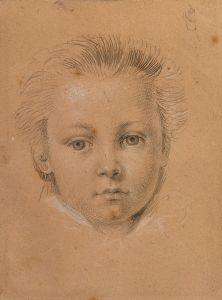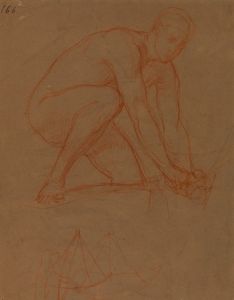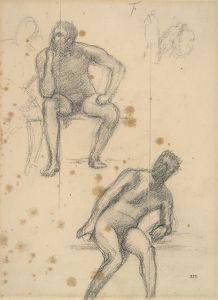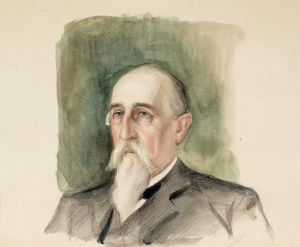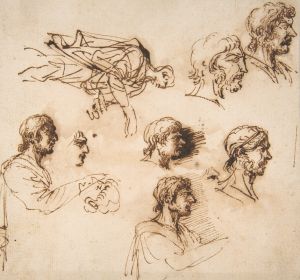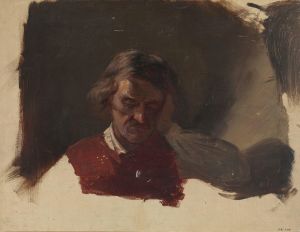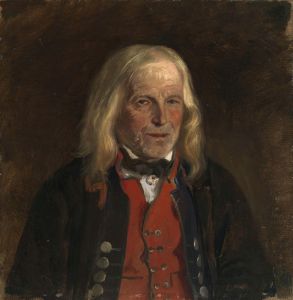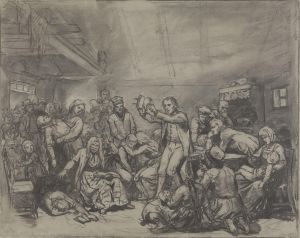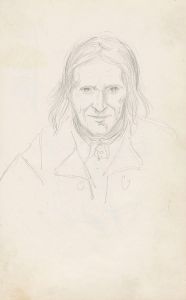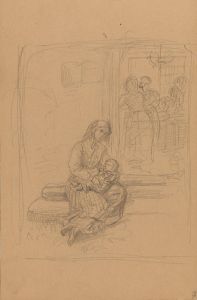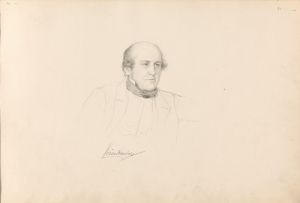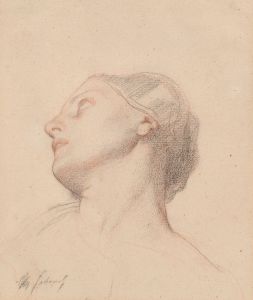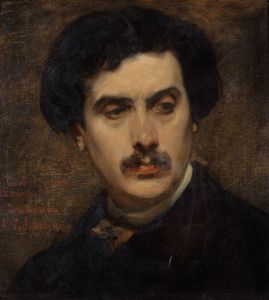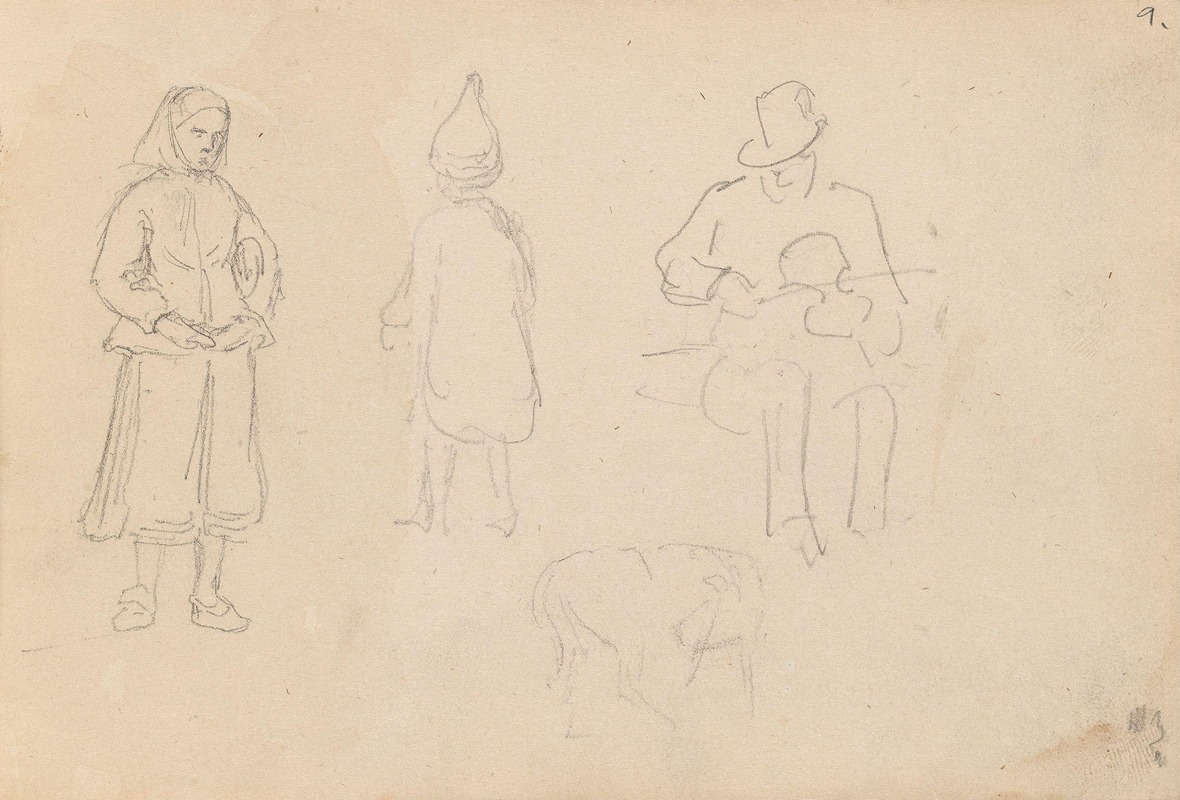
Figurstudier
A hand-painted replica of Adolph Tidemand’s masterpiece Figurstudier, meticulously crafted by professional artists to capture the true essence of the original. Each piece is created with museum-quality canvas and rare mineral pigments, carefully painted by experienced artists with delicate brushstrokes and rich, layered colors to perfectly recreate the texture of the original artwork. Unlike machine-printed reproductions, this hand-painted version brings the painting to life, infused with the artist’s emotions and skill in every stroke. Whether for personal collection or home decoration, it instantly elevates the artistic atmosphere of any space.
Adolph Tidemand was a prominent Norwegian romanticist painter, best known for his depictions of traditional Norwegian life and culture. One of his notable works is "Figurstudier," which translates to "Figure Studies" in English. This painting exemplifies Tidemand's meticulous attention to detail and his dedication to capturing the essence of Norwegian rural life.
"Figurstudier" is a study of human figures, showcasing Tidemand's skill in rendering the human form with precision and sensitivity. The painting is characterized by its realistic portrayal of its subjects, reflecting the artist's deep understanding of anatomy and his ability to convey emotion and personality through his brushwork. Tidemand's figures are often depicted in traditional Norwegian attire, which adds an element of cultural authenticity to his work.
Adolph Tidemand was born on August 14, 1814, in Mandal, Norway. He studied at the Academy of Fine Arts in Copenhagen and later continued his education in Düsseldorf, Germany, which was a significant center for art at the time. The Düsseldorf School of Painting, known for its detailed and realistic style, greatly influenced Tidemand's artistic development. His time in Düsseldorf allowed him to refine his technique and develop a style that combined romanticism with a keen observation of everyday life.
Throughout his career, Tidemand traveled extensively across Norway, gathering inspiration from the country's landscapes and its people. His works often depict scenes from rural Norwegian life, including weddings, religious ceremonies, and daily activities. These paintings not only highlight the beauty of Norway's natural environment but also serve as valuable historical records of 19th-century Norwegian culture and traditions.
"Figurstudier" is a testament to Tidemand's ability to capture the human spirit and the cultural heritage of Norway. His attention to detail and his commitment to portraying his subjects with dignity and respect have earned him a lasting place in the history of Norwegian art. Tidemand's works are celebrated for their technical excellence and their ability to evoke a sense of nostalgia and pride in Norway's cultural identity.
Adolph Tidemand's contributions to art extend beyond his paintings. He played a significant role in the development of Norwegian national romanticism, a movement that sought to promote and preserve the unique cultural identity of Norway. Through his art, Tidemand helped to foster a sense of national pride and unity among the Norwegian people.
Today, Tidemand's works can be found in various museums and galleries, including the National Gallery in Oslo, which houses some of his most famous pieces. "Figurstudier" remains an important part of his oeuvre, exemplifying his mastery of figure painting and his dedication to capturing the essence of Norwegian life.
In conclusion, Adolph Tidemand's "Figurstudier" is a significant work that reflects the artist's skill in figure painting and his commitment to portraying Norwegian culture with authenticity and respect. Tidemand's legacy as a key figure in Norwegian art history continues to be celebrated, and his works remain an important part of Norway's cultural heritage.





